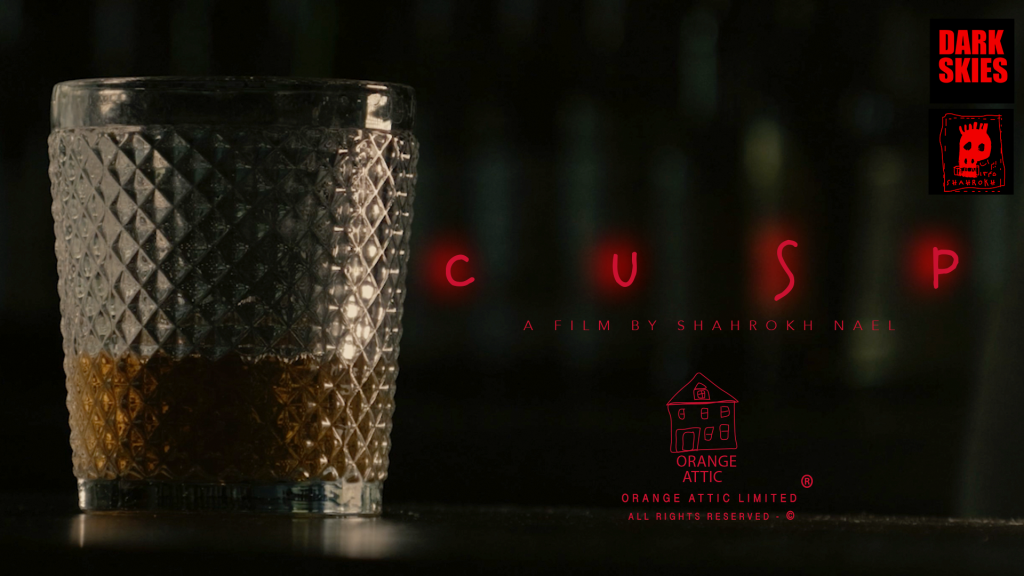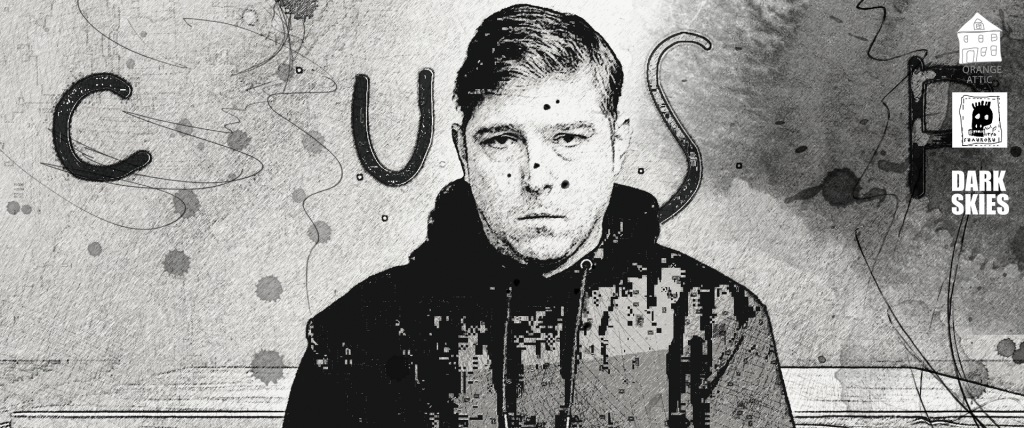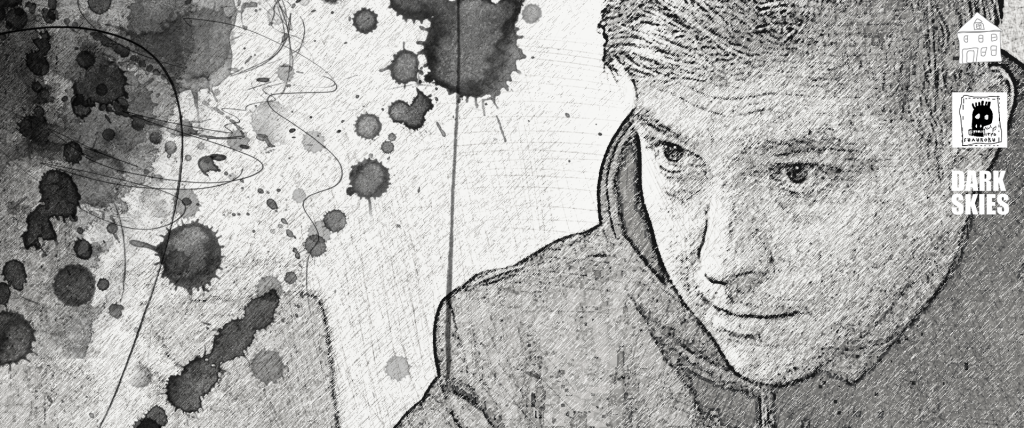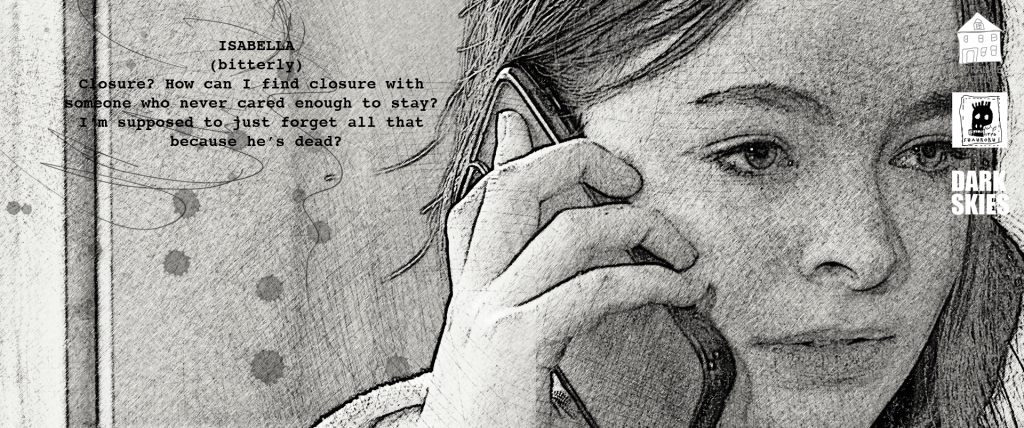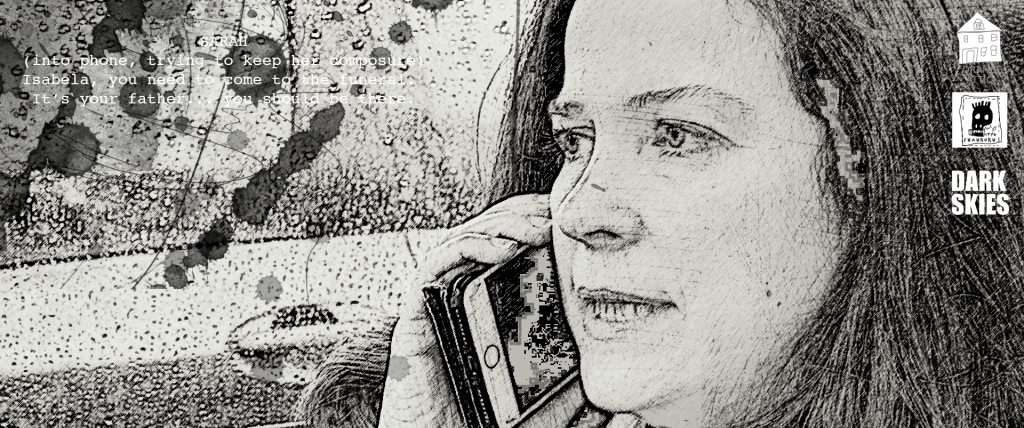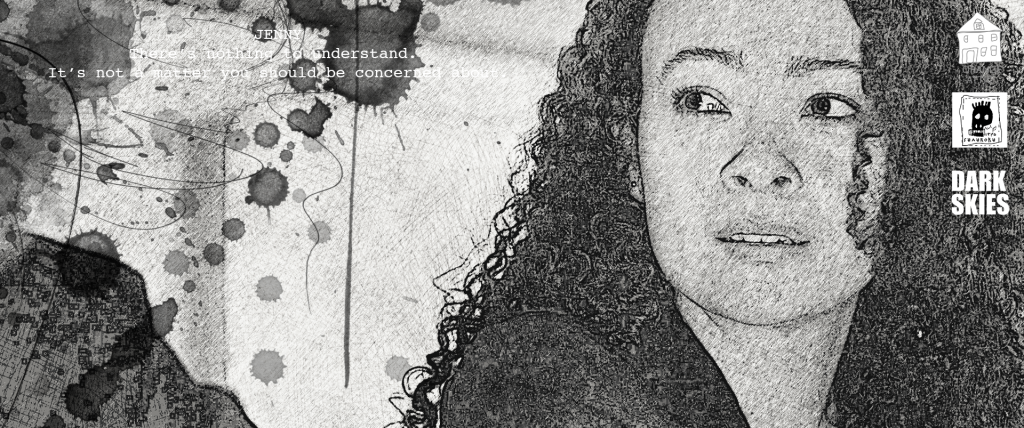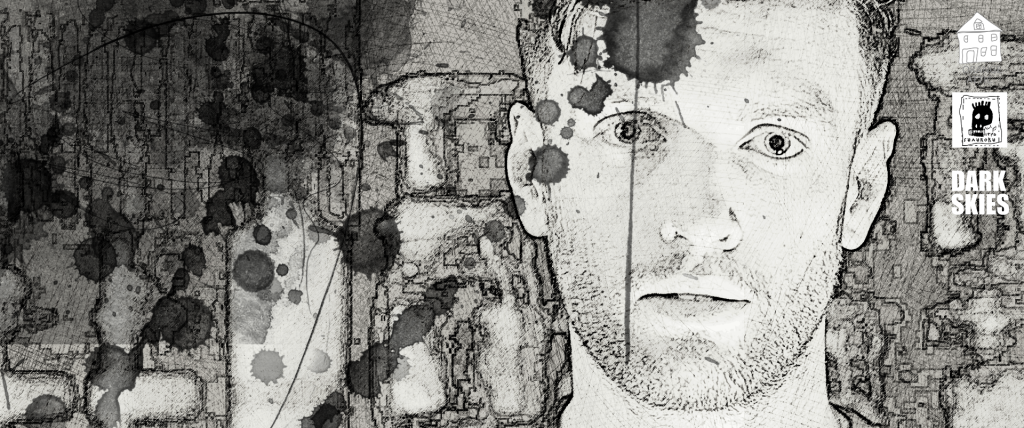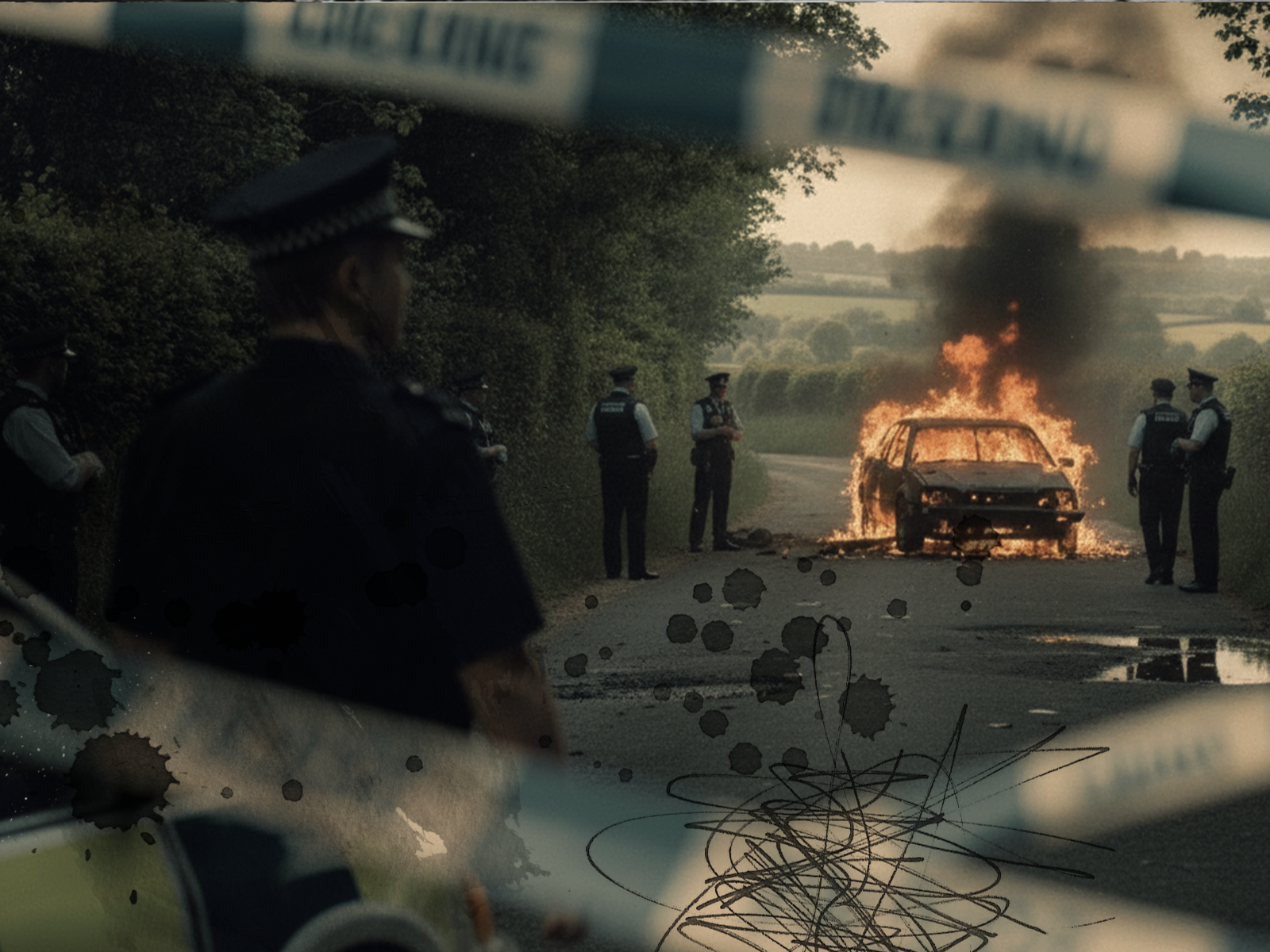Logline
In Cusp, a soldier caught between life and death unknowingly lingers in limbo, conversing with his grieving wife at a bar, unaware that his funeral is already taking place.
Synopsis
In Cusp, Peter, an SAS soldier, sits in a bar, apologising to his wife, Sarah, for leaving her and their daughter, Isabella, behind for his second tour in Afghanistan. Meanwhile, Sarah is at the same bar, preparing for Peter’s funeral. As the conversation unfolds, Peter remains unaware that he is dead. After Sarah leaves, two strangers, an enigmatic woman and a younger man, appear beside him. They are fellow soldiers who died alongside Peter, sent to collect him. As they guide him toward the truth, Peter slowly faces the reality of his death, caught in a haunting limbo between worlds.
Production: Dec 2024
Release Date: Mar 2025
Country of Origin:
United Kingdom
Language:
English
Shooting Format:
Digital
Aspect Ratio:
16.9
Project Type:
Short
Runtime:
9 minute 06 second
Exposures
Artistic Interpretation
In Cusp, every visual and narrative detail contributes to a layered meditation on the fragile boundary between life and death. One of the most poignant motifs is Sarah’s glass, left behind at the bar counter, a subtle yet profound symbol of her grief and the invisible link between the living and the departed. Sarah and Peter have a tender, sorrowful conversation at a table at the end of the bar, where Peter apologizes for leaving her and their daughter, Isabella, behind. Unaware of the reality of his death, Peter inhabits a liminal space, speaking to Sarah as though nothing has changed.When Sarah leaves, she takes her glass to the bar counter and places it there before departing. Later, Peter moves from their table to the counter, ordering a drink, still unaware of his predicament.
The bar counter becomes a transitional space, a metaphorical bridge between two worlds. As Peter sits, no one else is present, until a drink is mysteriously poured for him. When he reaches for his wallet to pay, a younger man suddenly appears behind the bar, and a woman materialises beside him.The young man and the woman are revealed as fellow SAS soldiers, those who perished alongside Peter. Their sudden, spectral presence reinforces the surreal nature of the limbo Peter occupies.
The woman informs him that his money is no good here, subtly signalling that he no longer belongs to the world of the living. This act, Peter’s futile attempt to pay, underscores his lingering denial of his death, while the glass and the poured drink create a powerful visual metaphor for the transition he must face.Through its fragmented narrative, atmospheric visuals, and layered symbols, Cusp immerses viewers in an enigmatic exploration of grief, memory, and the eerie stillness that defines the in between. The film doesn’t offer a linear story; instead, it invites the audience to engage with its haunting ambiguity and piece together its meaning, just as Peter must come to terms with his own fate.
The glass, the drink, and the currency all become powerful metaphors, connecting the living world with the spectral one that Peter now occupies.
In Cusp, these subtle yet striking symbols, layered within the everyday, invite the viewer into a meditative space on the boundaries of existence.
The film intricately weaves a fragmented narrative, blurring the boundaries between reality and the afterlife. Through its evocative imagery and layered symbolism, Cusp invites viewers to piece together its haunting story, immersing them in the unsettling stillness of a world caught between life and death.
The Title Amplifies the Film’s Themes
The title Cusp subtly encapsulates the film’s exploration of liminality, urging the audience to reflect on the thresholds in their own lives. It sets the tone for a narrative steeped in ambiguity and quiet tension, resonating with the film’s meditative exploration of grief, memory, and the human capacity to confront inevitable change.
By naming the film Cusp, the creators emphasise the universality of transitions, moments when life shifts irreversibly and understanding dawns only in retrospect. The title invites viewers to linger in the haunting stillness of Peter’s journey, just as he lingers on the edge of the unknown.
A Point of Transition:
The word "cusp" refers to the moment of crossing from one state to another. In the film, Peter is metaphorically and literally on the cusp of two worlds: life and death. The bar serves as the liminal space where this transition begins to unfold, with subtle symbols guiding him toward acceptance.
The Threshold of Awareness:
Peter’s journey is one of realisation, moving from denial of his death to an understanding of his fate. The cusp represents the fragile line between ignorance and awareness, a space where he lingers until the truth is revealed.
Dual Perspectives:
The title also reflects the duality inherent in the narrative. Sarah, grieving her husband, exists on the cusp of letting go, while Peter, unaware of his death, remains tethered to the life he left behind. Both are navigating the edges of profound emotional and existential change.
Temporal and Emotional Intersection:
The bar is a physical and symbolic representation of the cusp, a place where time stands still, memories intertwine, and the past, present, and future blur. It is a nexus where Peter and Sarah’s paths briefly converge, allowing them to share an emotional moment before diverging toward their respective realities.
A Meditation on Finality:
The film explores the cusp as a state of impermanence, highlighting the delicate balance between the living and the dead. Peter’s presence in this transitional space mirrors the fragile tension between holding on and letting go, both for him and for Sarah.
